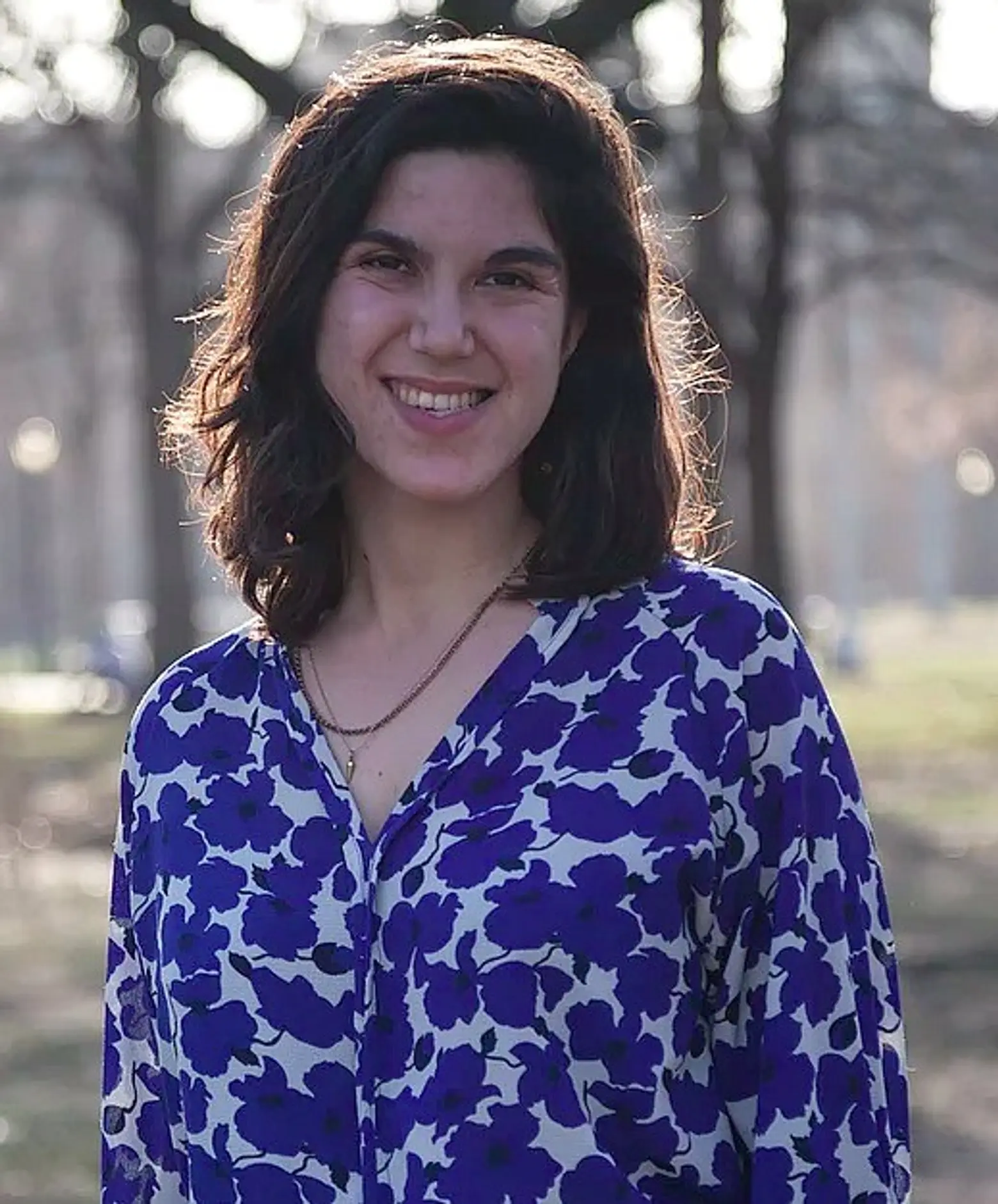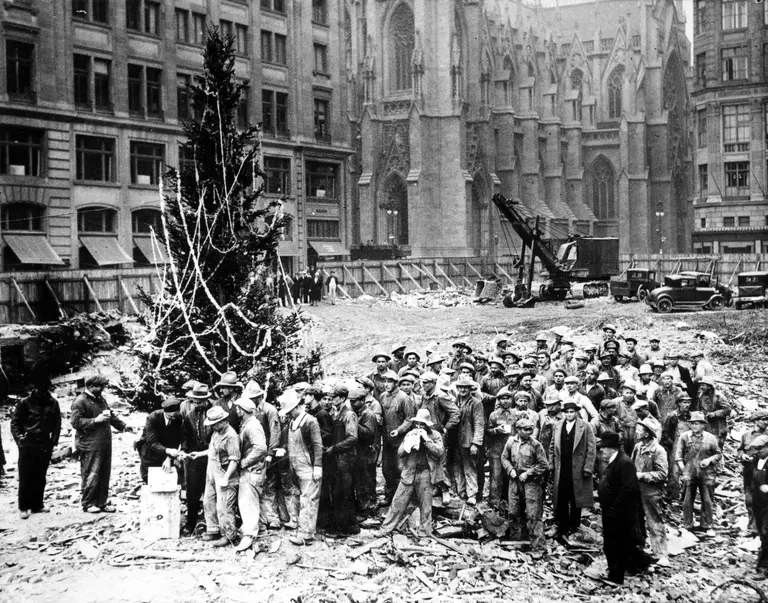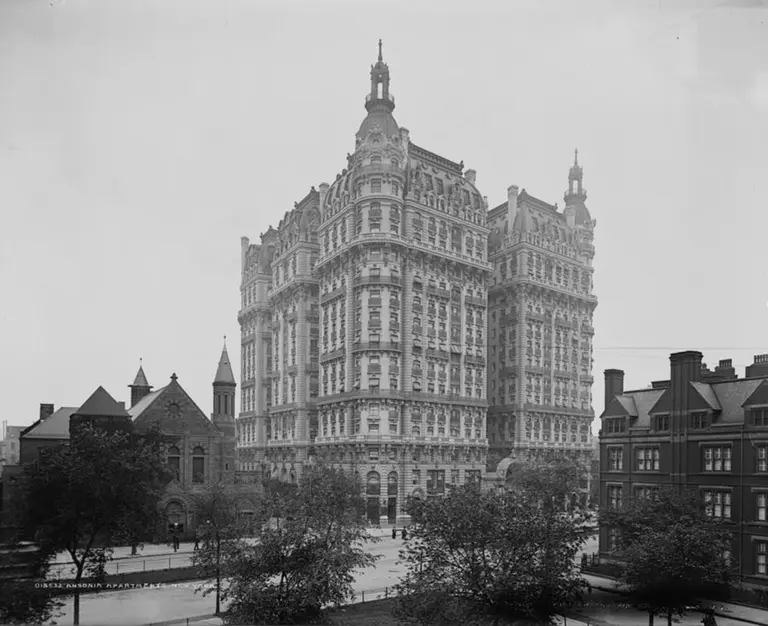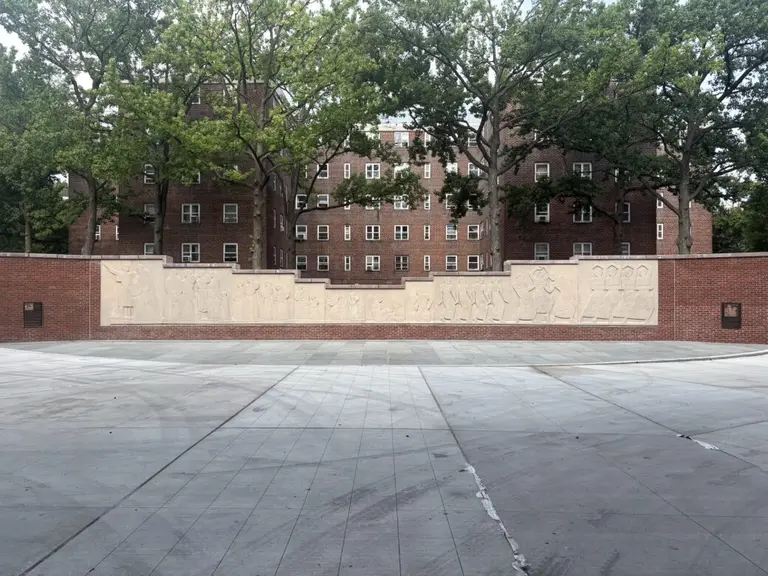The 1936 ‘Summer of Pools’: When Robert Moses and the WPA cooled off NYC
On June 24, 1936, thousands of Lower East Siders turned out for a spectacle the likes of which New York had never seen. They jammed Hamilton Fish Park, filled Pitt Street, and perched on surrounding fire-escapes and rooftops to get a glimpse. With great fanfare (and the swim stylings of the Jones Beach Water Troupe) Mayor La Guardia and Parks Commissioner Robert Moses officially opened Hamilton Fish Pool. The dedication kicked off New York’s “Summer of Pools.” One by one, for each week of the summer, 11 gleaming outdoor pools, financed and built by the Works Progress Administration (WPA), opened in underserved neighborhoods across the city, providing recreation and relief to millions of heat-addled, Depression-strapped New Yorkers.
Each unveiling featured parades, water carnivals, blessings of the waters, swimming races, diving competitions, appearances by Olympic stars, and performances by swimming clowns. At the opening of the Colonial Park Pool (now the Jackie Robinson Pool) in Harlem, tap dancer Bill “Bojangles” Robinson and tenor Roland Hays sang the Battle Hymn of the Republic to a crowd of 25,000; the opening of Red Hook Pool drew 40,000 people and was called Red Hook’s event of the year; a cool 75,000 turned out from Greenpoint and Williamsburg to celebrate the opening of McCarren Pool.
Every one of the pool complexes really was something to celebrate. They were so impressive, the Landmarks Preservation Commission places all 11 pools “among the most remarkable facilities ever constructed in the country.” Designed to accommodate 49,000 people across the city, each pool was larger than several Olympic-sized pools combined, and all were technologically extraordinary.
The massive pools featured under-water lighting, floodlighting, and a host of promenade lighting for night swimming. They each had heating systems, and innovations that set new standards in pool construction, such as “scum gutters” that allowed sunlight to naturally kill bacteria, and footbaths that kept all swimmers in squeaky-clean repair. Most important, the water was changed 3 times a day: every 8 hours, city water was filtered through charcoal beds and sanitized with chlorine, so it could be aerated and pumped into the city’s sparkling new pools. Mayor La Guardia preened, “here is something you can be proud of. It is the last word in engineering, hygiene and construction.”
With all these amenities, the pools offered a safer, cleaner and more exciting swimming experience than one would find in the city’s rivers, where New Yorkers traditionally swam and where drowning and disease born of pollution were real threats. In fact, the thrill of cool clean water brought over 1.7 million New Yorkers to the pools that first summer, when temperatures spiked to 106 degrees by July.
But, the pools did more than keep New Yorkers out of the river, they also offered a ticket out of the tenement, and around the world. The pools became the city’s first staycation hot spots. They were imagined as “palaces for the poor,” that gave New Yorkers a glimpse of architectural styles they might never have seen before, and access to beauty on a grand scale that the city’s sweltering tenements certainly couldn’t provide.
While all 11 pools shared a common plan comprised of a bathhouse and a central swimming pool flanked by two smaller semi-circular diving and wading pools, each pool was designed to be unique and architecturally distinctive, serving up styles ranging from Romanesque Revival to Art Deco. Crotona Pool in the Bronx featured an Art Moderne bathhouse complete aquatic animal sculptures courtesy of the WPA art program, and Jackie Robinson Pool came complete with turrets and buttresses befitting a medieval castle.
Beyond giving New Yorkers an architectural Grand Tour, and providing relief from the summer heat, these complexes represented another kind of relief: steady employment in the depths of the Depression. Together, the city’s WPA pools put 80,000 New Yorkers to work. During construction, the pools employed architects, draftsmen, engineers, laborers. After they opened, each pool needed instructors, lifeguards and maintenance workers. Even WPA artists found a place at the pools, designing posters for the agency’s “Learn to Swim” campaign.
As centers of recreation and relief that helped improve the quality of social and professional life in neighborhoods most squeezed by the Depression, the pools stood as a citywide network of monuments to the New Deal. In fact, when President Roosevelt’s name was invoked at the opening ceremonies for Red Hook Pool, the New York Times reported, “there was an outburst of cheering that drowned out the sirens of near-by factories and the husky whistles of the harbor craft.”
New Yorkers had such positive feelings for Roosevelt and his relief projects because this city benefited so deeply – perhaps more than any other – from New Deal spending. In fact, the city was known as the 51st state, because it garnered 1/7 of all WPA funds in 1935 and 1936, and Robert Moses $113 million on parks and recreation during the first two years of the New Deal.
The pools were the centerpiece of all this spending, and the project as a whole was reported to be the most expensive of New York’s WPA projects in terms of total cost. Moses lavished such care, attention and funding on each of his million dollar pools not only because he himself had been a swimmer at Yale and captain of the Water Polo team at Oxford, but also because the pools represented his dedication to “recreation and active play.”
Moses’ passion for play and playgrounds grew out of the Progressive Era when reformers argued that children should play in parks rather than in streets or tenement backyards and that their health, safety, and happiness were contingent on outdoor play facilities.
For that reason, Moses believed the pools were vitally important. He told the New York Times, “it is an undeniable fact that adequate opportunities for summer bathing constitute a vital recreational need of the city. It is no exaggeration to say that the health, happiness, efficiency, and orderliness of a large number of the city’s residents, especially in the summer months, are tremendously affected by the presence or absence of adequate bathing facilities.”
But the pools weren’t just perfect for swimming and bathing. They were built to be excellent in all kinds of weather. In the off-season, the pools would be adaptable for paddle tennis, shuffleboard, volleyball, basketball, and handball. Wading pools would become roller skating rinks, and indoor locker rooms and changing areas could host boxing lessons and dances.
 As massive all-weather projects, each pool project made tremendous improvements to its surrounding park. For example, in addition to its pool, Jefferson Park got new baseball diamonds, playgrounds, and bocce courts. Colonial Park got playgrounds, athletic courts, a band shell and a dance floor. McCarren Park got playgrounds, floodlights, and spaces for roller-skating.
As massive all-weather projects, each pool project made tremendous improvements to its surrounding park. For example, in addition to its pool, Jefferson Park got new baseball diamonds, playgrounds, and bocce courts. Colonial Park got playgrounds, athletic courts, a band shell and a dance floor. McCarren Park got playgrounds, floodlights, and spaces for roller-skating.
But, all these amenities came at a price. Moses wanted his pools to be self-sustaining, so he charged admission: 20 cents for adults, and 10 cents for children after 1pm. The fee caused protest, which led the mayor himself to jump in, saying that the fee was “experimental.” La Guardia promised, “After the experience of this summer, we will know just how to arrange things next year.”
The pools were not officially segregated, but Robert Caro alleges in his biography of Moses that the Commissioner tried to discourage black New Yorkers from using pools in white neighborhoods by manipulating the temperature of the water.
While Caro’s claim has been challenged, it is true that the pools had no place for children living with polio, at a time when there was no vaccine for the disease, and hydro-therapy was considered to be the leading treatment. In a letter to Mayor La Guardia dated March 5, 1936, Moses wrote, “you cannot mix facilities for crippled children with those for healthy people. The new outdoor pools cannot be used…they need special facilities.” For that, Moses suggested the East 23rd Street baths, where the bathhouse could be adapted accordingly, and outdoor pools could be built with WPA funds.
Today, the remarkable pools are free and open to all. They’ll open for the season in late June when the city schools let out for the summer, and kids across New York can finally dive in, and chill out.
+++
 Lucie Levine is the founder of Archive on Parade, a local tour and event company that aims to take New York’s fascinating history out of the archives and into the streets. She’s a Native New Yorker, and licensed New York City tour guide, with a passion for the city’s social, political and cultural history. She has collaborated with local partners including the New York Public Library, The 92nd Street Y, The Brooklyn Brainery, The Society for the Advancement of Social Studies and Nerd Nite to offer exciting tours, lectures and community events all over town. Follow her on Twitter and Instagram.
Lucie Levine is the founder of Archive on Parade, a local tour and event company that aims to take New York’s fascinating history out of the archives and into the streets. She’s a Native New Yorker, and licensed New York City tour guide, with a passion for the city’s social, political and cultural history. She has collaborated with local partners including the New York Public Library, The 92nd Street Y, The Brooklyn Brainery, The Society for the Advancement of Social Studies and Nerd Nite to offer exciting tours, lectures and community events all over town. Follow her on Twitter and Instagram.
RELATED:




























